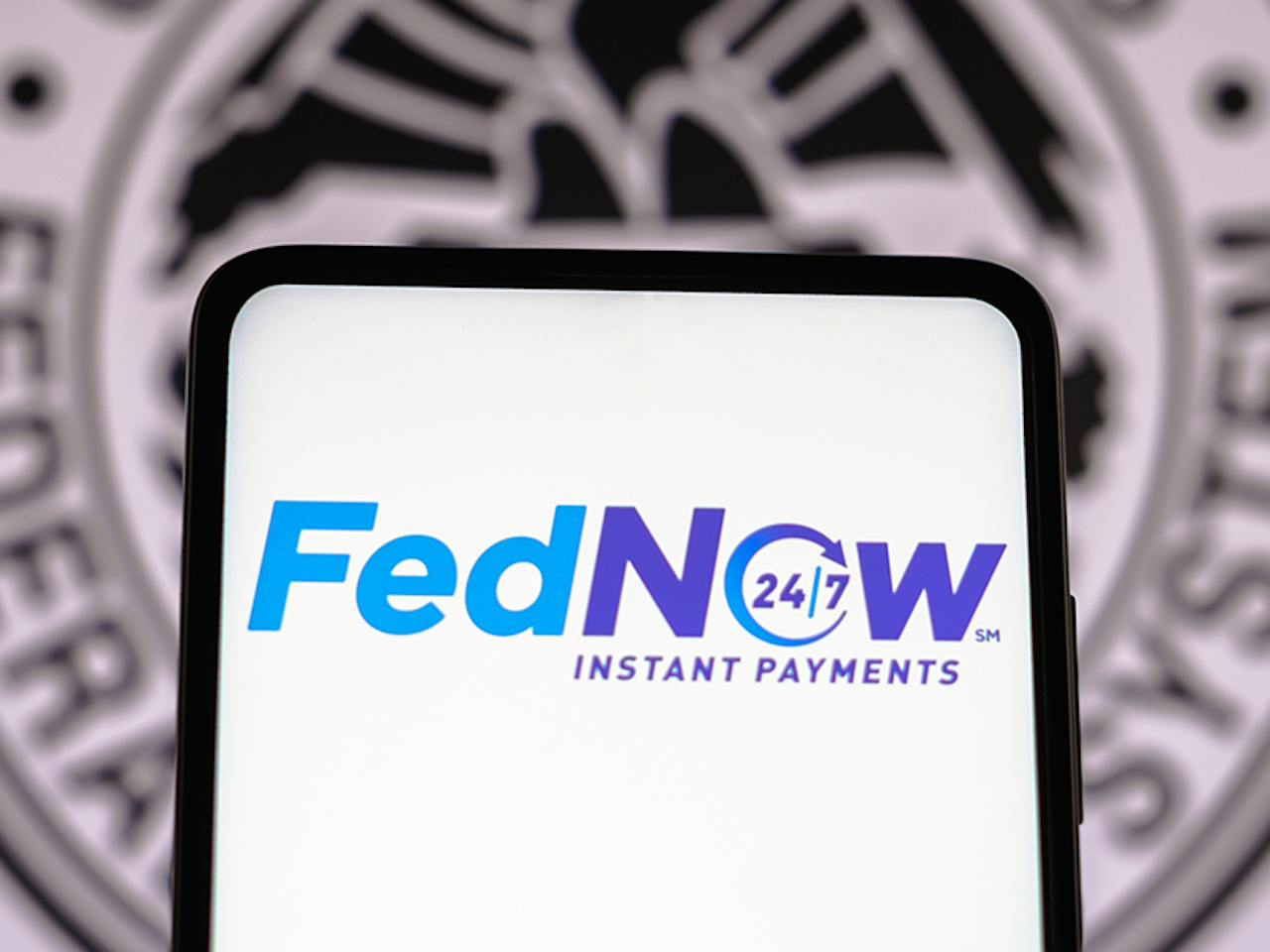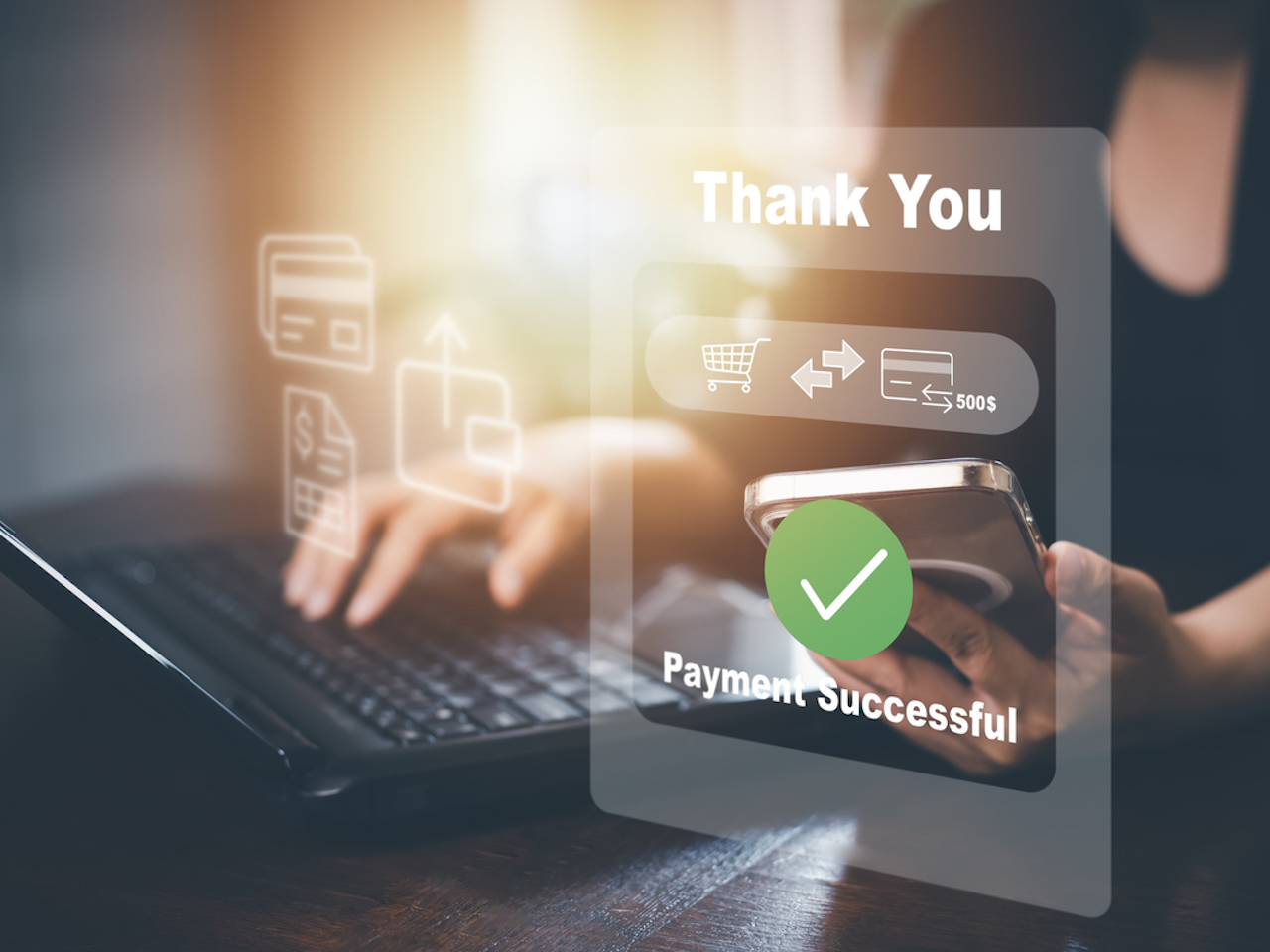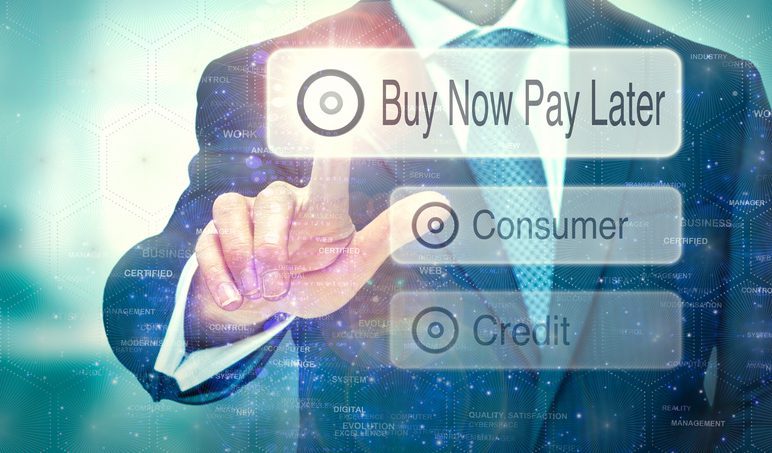The gig economy has been a driving force for the adoption of real-time payments. This is how it is transforming the gig economy.
Federal Reserve's launch of FedNow places instant payments at the forefront, paving the way for the future transformations in the financial services industry
The ECB announced the results of their two year digital euro investigation. Many questions still stand. They have decided to move forward.
Proposed regulations recently released by the Treasury Department help bring added clarity to participants in the digital asset economy. But the process is far from over. Investors, centralized crypto exchanges, payment processors, some hosted wallet providers, and some decentralized exchanges are the most affected. Miners, stakers and developers are not impacted.
·
In saturated markets, such as B2C BNPL, differentiators are key to product stickiness. Old-school elements may have a place in some sectors.
Mastercard and JP Morgan have partnered to bring open banking payments to billpaying. This is just the first development from the partnership.
Recommerce marketplaces have given consumers opportunities to save and make money. Payment orchestration has let them down. Until now.
Financial institutions struggle to meet consumer demand for more payment types, mainly because they lack the proper data science capabilities. This drives suboptimal strategies like layering multiple payment types.
While BNPL has been criticized as an easy way for shoppers to run up high debts, it's also being touted as an easy-to-understand payment method that's attractive to all.
Fintech Clara launched a high-yield payment account in Brazil as it aims to double down on the South American market.











